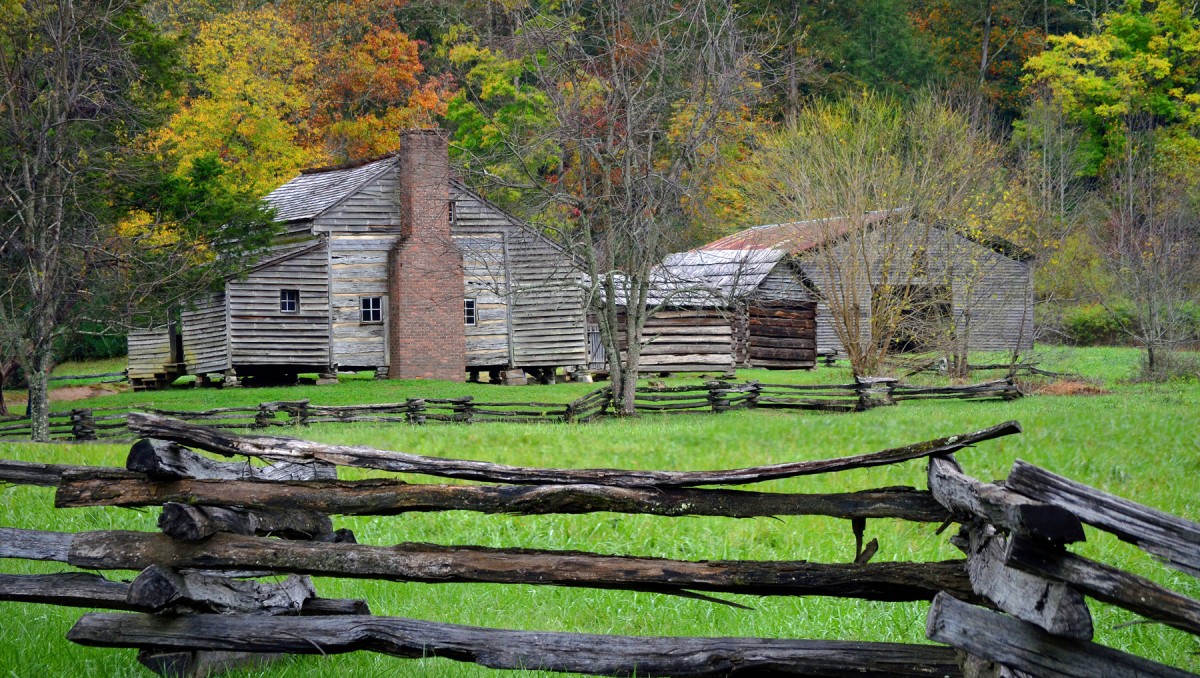 Have you ever been so pulled into a story that you felt you’ve “been there” before? You’ve walked down that street, you’ve inhaled the fragrance of baking bread from bakery at the corner, you’ve heard the rumble of the train crossing the trestle. Can you see the ramshackle house with the missing shingles and broken window? Are the roses lining the driveway pleasing to your senses? Does the pristine white door and attractive wreath beckon a welcome? Do you feel the oppressive heat and humidity, or the biting cold that steals your breath? When the reader is transported to the place where the story happens, and she stands in the middle of it instead of watching it on a screen or through a porthole, she becomes part of the story experience.
Have you ever been so pulled into a story that you felt you’ve “been there” before? You’ve walked down that street, you’ve inhaled the fragrance of baking bread from bakery at the corner, you’ve heard the rumble of the train crossing the trestle. Can you see the ramshackle house with the missing shingles and broken window? Are the roses lining the driveway pleasing to your senses? Does the pristine white door and attractive wreath beckon a welcome? Do you feel the oppressive heat and humidity, or the biting cold that steals your breath? When the reader is transported to the place where the story happens, and she stands in the middle of it instead of watching it on a screen or through a porthole, she becomes part of the story experience.
Sometimes authors become so focused on crafting “real” characters or building intriguing plot lines, that they forget the story has to happen in a “real” place. When the setting isn’t clear, the characters move through the story in gray fog. The reader has difficulty anchoring the characters in the scene because she doesn’t know or can’t see where they are. The author may very well envision the setting during the writing process, but that setting must be communicated in such a way that the reader can see it, feel it, and even anticipate it.
 In my new release, BREATH OF WATER, much of the story occurs at the Chappell family homestead. This setting with the house and barn, the split rail fence and the sheep meadow, is as important to the story as the characters. It’s imperative for the reader to be able to see how the meadow slopes, the mountain ridge above it, and the work shed tucked away into the trees. She must be able to hear the thump of the loom shuttle, and experience the uneven cadence of Grandma’s cane on the pine wood floor. The reader needs to feel the morning dew on the grass, and hear the soothing music of sheep baaing. She must be able to imagine the family graveyard in the corner of the meadow surrounded by scrub junipers and rhododendron. The setting must become a character in itself.
In my new release, BREATH OF WATER, much of the story occurs at the Chappell family homestead. This setting with the house and barn, the split rail fence and the sheep meadow, is as important to the story as the characters. It’s imperative for the reader to be able to see how the meadow slopes, the mountain ridge above it, and the work shed tucked away into the trees. She must be able to hear the thump of the loom shuttle, and experience the uneven cadence of Grandma’s cane on the pine wood floor. The reader needs to feel the morning dew on the grass, and hear the soothing music of sheep baaing. She must be able to imagine the family graveyard in the corner of the meadow surrounded by scrub junipers and rhododendron. The setting must become a character in itself.
Opening the door and letting your reader walk into the setting of the story is an invitation for her to stay a while and keep turning pages.





